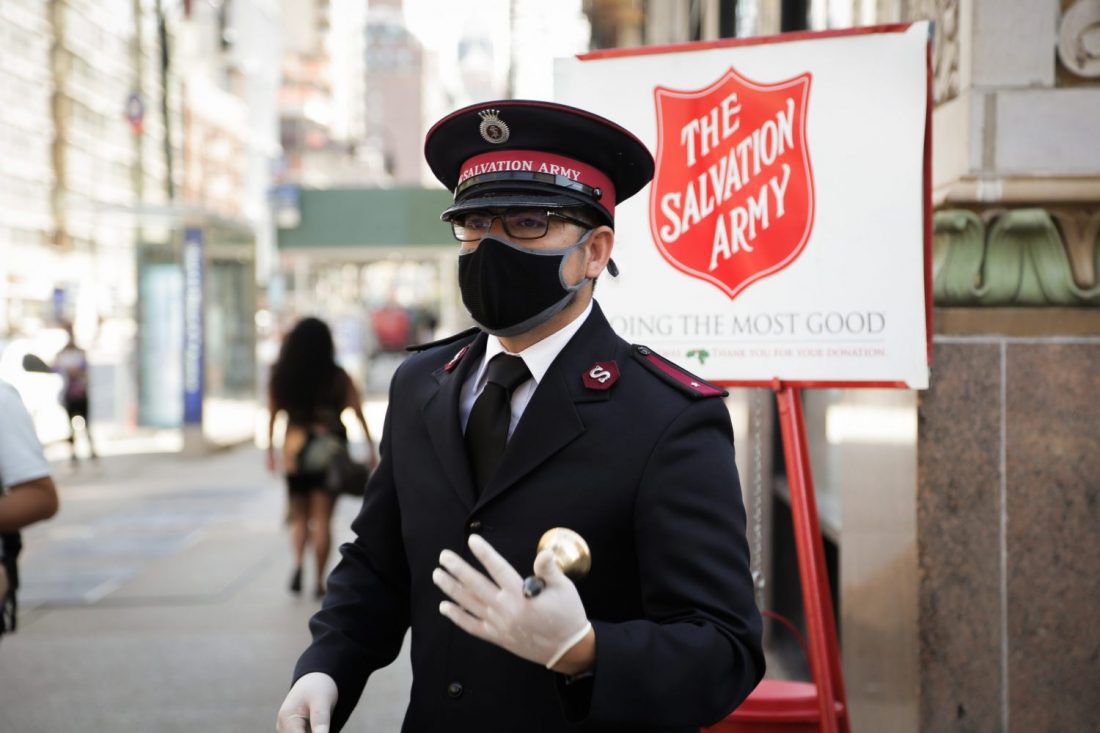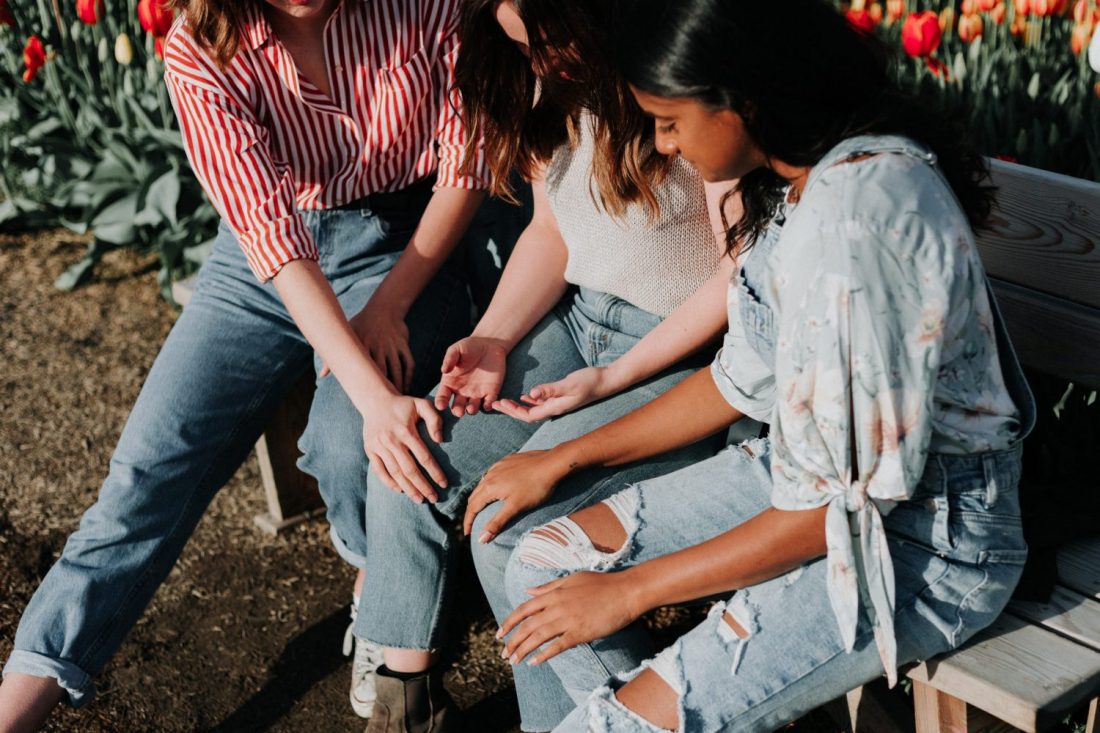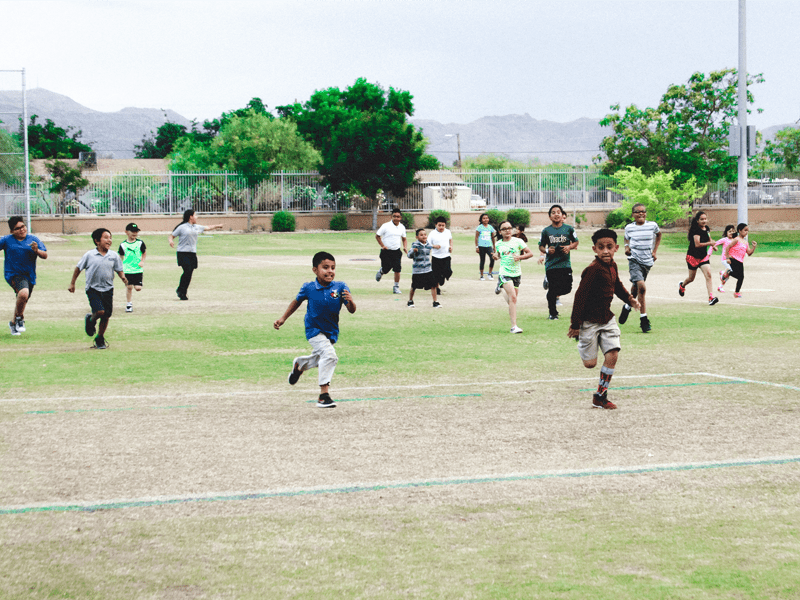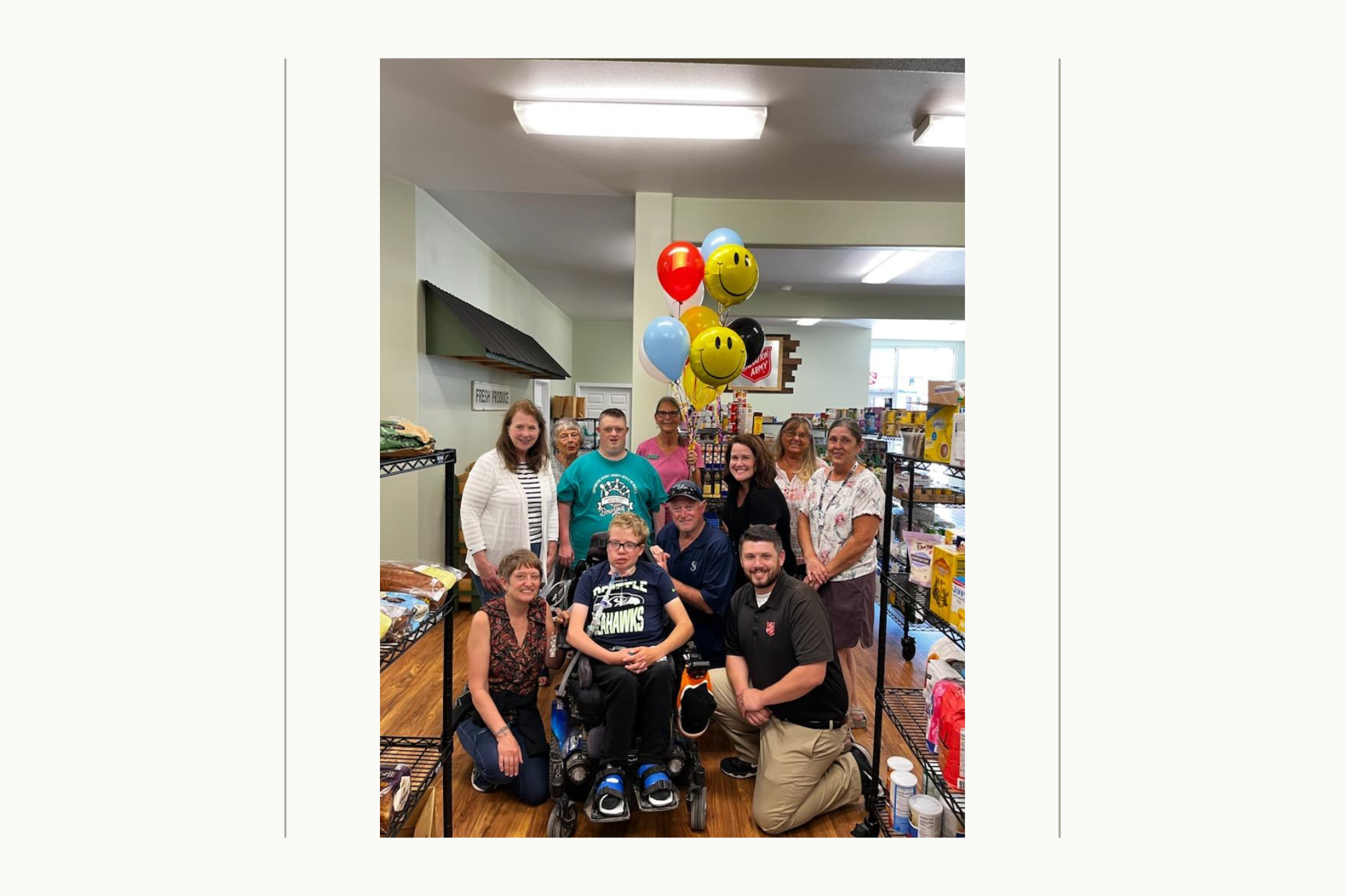Navigating a vital fundraising effort during COVID-19.
Often you hear it before you see it—the bell ringing coming from a volunteer standing at a Salvation Army kettle. Every year, the sight and sound of the bells are part of the Christmas experience, an opportunity to give back during the hustle and bustle of holiday preparations.
The Salvation Army turns to the Red Kettle Campaign each Christmas to raise funds needed to support programs and services for those who need a leg up. It all started in San Francisco in 1891, when Captain Joseph McFee rang the bell to “keep the pot boiling” for those in need by standing at the San Francisco ferry landing. Today, the need is still great. And with millions feeling the impacts of COVID-19, it could be greater.
Bell ringers are a key part of how The Salvation Army aims to rescue Christmas this year for Americans who have fallen on hard times—many of whom have never had to ask for help before. Like many aspects of 2020, bellringing will look different this year, too. The Salvation Army has created bell ringer COVID-19 guidelines and safety protocols to ensure safety while making it possible for The Salvation Army to keep food on the table, the roof over families’ heads, the lights on and more for millions across the U.S. Last year, funds raised at the kettle helped The Salvation Army serve more than 23 million people living in poverty, and leaders expect the need to grow exponentially this year due to COVID-19.
Here’s how The Salvation Army will keep bell ringers safe this year—along with the safety of the customers and associates working at kettle locations—while they join in the fight to rescue Christmas.
1. Training
Before reporting for a shift, bell ringers across the U.S. will be provided with a training video that includes how to safely perform their duties and engage with the public in today’s COVID-19 environment. Bell ringers are encouraged to first consider the risk to his or her personal health as well as that of his or her family before committing to ring. If bell ringers decide not to ring this year, it is no reflection of one’s ability to serve as a bell ringer in the future.
2. Following CDC guidelines
The Salvation Army is committed to following all CDC and local guidelines related to exposure and asks that bell ringers follow the guidelines, too, when volunteering at the red kettle. If a volunteer is exhibiting symptoms or has had any known exposure to someone who has tested positive for COVID-19 in the 14 days preceding a shift, they should inform The Salvation Army so a replacement can be found. It’s important for bell ringers to get well and not potentially expose others to COVID-19.
3. Providing Personal Protective Equipment (PPE)
All bell ringers will be required to wear a face mask at all times while at the kettle, and The Salvation Army will provide bell ringers with masks for their kettle shifts.
4. Following social distancing recommendations
Bell ringers will be instructed to maintain social distancing, remaining six feet or more from customers and donors at all times. As an individual approaches the kettle, bell ringers will not have any physical contact with them or their donations. Instead, bell ringers will be trained to ask for people to place their donations directly into the kettle.
5. Cleaning equipment regularly
All kettle equipment will be cleaned prior to each shift. At the end of a kettle shift, bell ringers will be asked to clean the bell with provided disinfectant spray or wipes so it is clean and ready for the next bell ringer to use. Different kettle locations might require additional safety measures that the area’s kettle coordinator will discuss with volunteers, and if volunteers have any questions or concerns about COVID-19 or the safety precautions The Salvation Army is taking, they can contact their local Salvation Army for more information.
6. Embracing digital options for giving
The Salvation Army’s kettle stands have been equipped with Apple Pay and Google Pay so people can give electronically by simply tapping their phone on the indicated spot on the kettle stand sign. They can also scan the QR code using their phone’s camera, which will take them to the donation website. This is a safe way to give and it’s also great for those who don’t carry cash.
Do Good:
- Volunteer to be a bell ringer
- Give to an online kettle
- See how you can get involved in the Fight for Good with The Salvation Army.

















